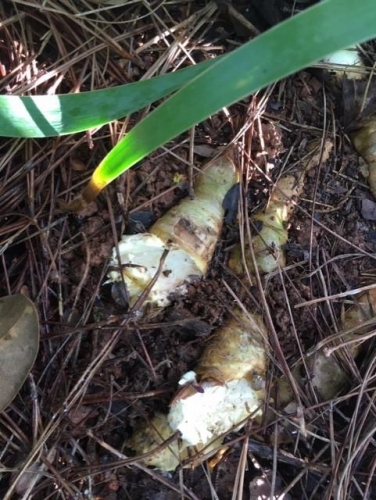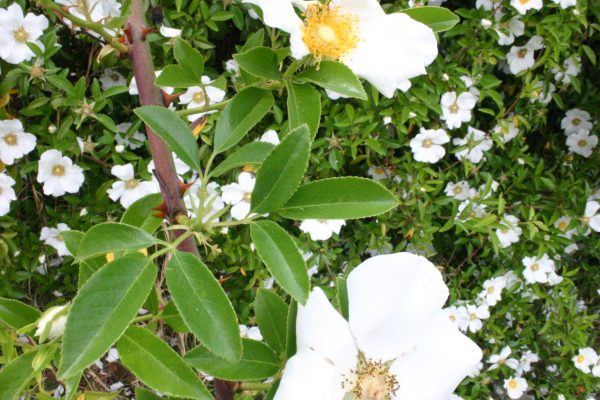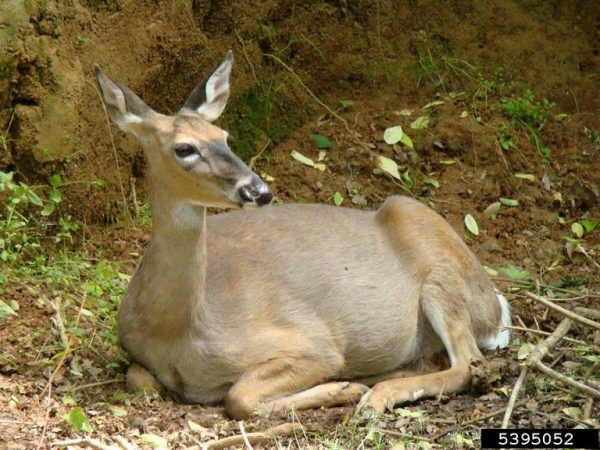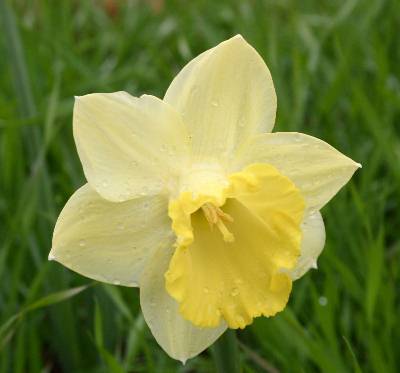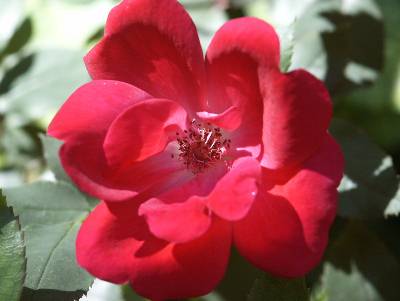Iris borer identification and control

Q: I don’t know what happened to my iris’s but the leaves have a stripe on them and then they finally just die and fall over. The whole iris plant is loose from the crown. Some of the crowns are mushy after I take up the leaves from the crown.
A: The leaf stripes and damage to the rhizome looks like iris borers have infested your flowers. The small caterpillars initially chew pinprick-sized holes and then tunnel inside leaves as they continue down toward the rhizome.
Iris borers spend the winter as eggs on old iris leaves and plant debris at the base of iris stalks.
In early spring, they hatch into tiny caterpillars and climb up new foliage. The caterpillar ( 1½ to 2 inches in length) tunnels through the leaves, reaching the rhizome by mid-summer. They tunnel through the rhizome where the stem attaches.
In early fall, caterpillars move into the soil where they transform into pupae. They emerge as moths in late fall.
Adult moths have chocolate-brown front wings and lighter yellow-brown hind wings with a wing span up to 2 inches. Moths are seldom seen because they fly at night.
All types of iris can be attacked by iris borer, but, Siberian iris are more tolerant to iris borer attack.
Check your iris during spring for signs of chewing damage and water-soaked streaks on leaves. This injury can be easily overlooked so look carefully. If you find damage early in the season, you can crush the insect while it is inside the leaf or remove the damaged leaf.
Inspecting iris in June is very important if you’ve had problems with iris borer. If an iris plant has above-ground symptoms (brown leaf tips, signs of dying leaves), dig it up and check the rhizomes. Discard rhizomes with iris borer caterpillars and tunnels.
In fall remove and destroy old iris leaves, stems and any nearby plant debris.
A well-timed pesticide application can help reduce an iris borer infestation. Two options are acephate (click for sources) or spinosad (click for sources) .
It is important to apply the pesticide when eggs are just hatching. The leaves will be about four to six inches high at this time. A repeat treatment 10-14 days after the first application may be necessary.


